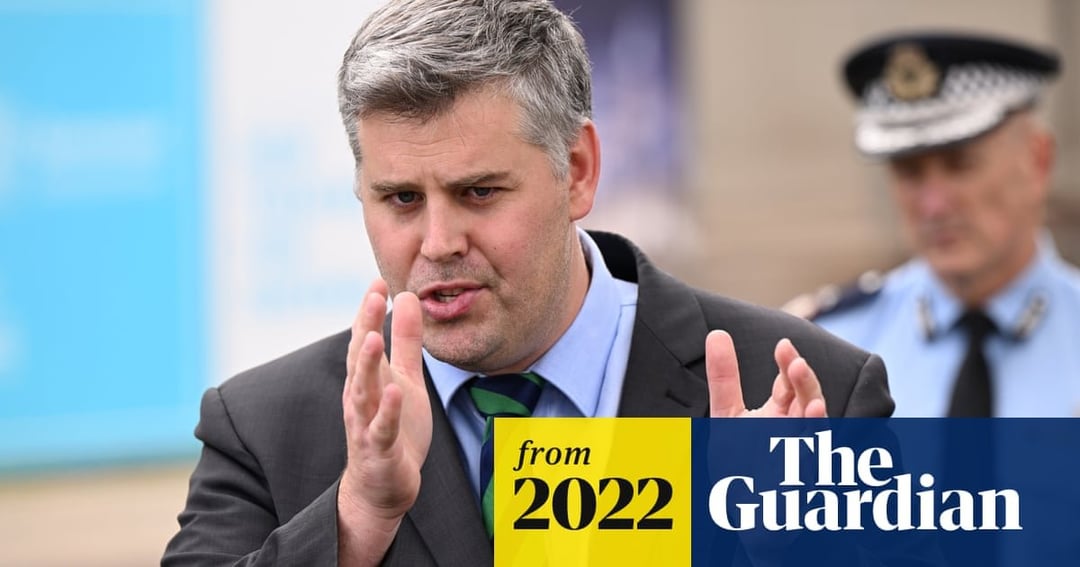Energy Australia's "Go Neutral" Claims: A Landmark Greenwashing Case

Table of Contents
Examining Energy Australia's "Go Neutral" Commitments: A Critical Analysis
Vague and Unverifiable Claims
The "Go Neutral" campaign includes several claims lacking clarity and verifiable evidence. This lack of transparency raises serious concerns about the campaign's credibility and effectiveness. Specifically:
- Ambiguous Timelines: The campaign lacks specific timelines for achieving its stated goals, making it difficult to assess progress. Instead of concrete dates, the messaging often relies on vague phrases like "in the coming years."
- Undefined Emission Reduction Targets: The campaign fails to provide quantifiable emission reduction targets. Without clearly defined targets, it’s impossible to measure the campaign's actual impact on reducing carbon emissions.
- Lack of Third-Party Verification: Independent verification is crucial for ensuring the accuracy and reliability of environmental claims. The absence of third-party audits undermines the credibility of Energy Australia's "Go Neutral" promises.
The importance of transparent and measurable targets for effective climate action cannot be overstated. Vague claims and unverifiable targets hinder accountability and erode public trust. Strong climate action requires concrete emission reduction goals, clearly defined timelines, and independent verification processes.
The Role of Carbon Offsetting in Energy Australia's Strategy
Energy Australia's "Go Neutral" strategy relies heavily on carbon offsetting. While carbon offsetting can play a role in climate mitigation, its effectiveness is contingent on several factors:
- Offsetting Methods: The specific methods employed by Energy Australia for carbon offsetting require detailed scrutiny. Are they investing in high-quality, verified projects with demonstrable additionality (meaning the projects wouldn't have happened without the carbon credits)? Or are they simply purchasing inexpensive credits with questionable environmental benefits?
- Credibility and Effectiveness: The credibility and effectiveness of offset projects vary considerably. Some projects deliver genuine emission reductions, while others may offer minimal environmental impact. A critical analysis of Energy Australia's chosen offsetting projects is essential.
- Limitations of Carbon Offsetting: Carbon offsetting should not be seen as a replacement for direct emissions reductions. It’s a supplementary tool, not a primary solution. Relying excessively on offsetting without significant reductions in emissions undermines the campaign's overarching goal of neutrality. Issues such as the additionality and permanence of offset projects need careful consideration.
The reliance on carbon offsetting highlights a key challenge in the energy sector's approach to sustainability. While offsetting can contribute to climate mitigation, it shouldn't overshadow the urgent need for substantial investments in renewable energy sources and direct emission reduction strategies.
Energy Australia's Investment in Renewable Energy Sources
Energy Australia's investment in renewable energy sources, such as solar and wind power, is a crucial aspect of its "Go Neutral" commitment. However, the scale of this investment needs to be carefully examined:
- Investment Details: The specific details of Energy Australia's investments in renewable energy need to be publicly available and transparent. This includes information on the types of renewable energy projects, their capacity, and their projected environmental impact.
- Investment vs. Overall Production: It's vital to compare the scale of investment in renewable energy to Energy Australia's overall energy production. A small increase in renewable energy investment relative to the company's total output might not align with the ambitious goals of the "Go Neutral" campaign.
- Scaling Up Renewables: Achieving genuine emissions reduction requires a significant scaling up of renewable energy investment. The current level of investment may not be sufficient to meet the demands of a sustainable energy future.
The transition to a sustainable energy future necessitates a substantial shift towards renewable energy sources. Energy Australia’s commitment to renewable energy needs to be substantial enough to make a meaningful contribution to reducing its carbon footprint.
The broader context: Greenwashing in the Energy Sector
Recognising Greenwashing Tactics
Greenwashing is a pervasive issue in the energy sector, with companies employing various tactics to portray a more environmentally friendly image than reality warrants. Common greenwashing tactics include:
- Vague or unsubstantiated claims: Similar to the issues discussed above regarding Energy Australia's campaign.
- Irrelevant certifications: Using certifications that don’t address the specific environmental issues at hand.
- Hidden trade-offs: Promoting a specific environmental benefit while ignoring other significant negative impacts.
- False labeling: Misleading consumers about the environmental attributes of products or services.
The consequences of greenwashing are severe: it erodes consumer trust, undermines genuine climate action, and delays the transition to a sustainable energy system. It is crucial for consumers and regulatory bodies to be vigilant against these tactics.
Conclusion: Is Energy Australia's "Go Neutral" a Success or a Failure? A Call to Action
This analysis suggests that Energy Australia's "Go Neutral" campaign falls short of genuine sustainability. The vague claims, reliance on carbon offsetting, and insufficient investment in renewable energy raise serious concerns about greenwashing. Transparency and accountability are paramount for credible corporate sustainability initiatives. Consumers must critically evaluate environmental claims made by energy companies. Demand greater transparency from Energy Australia and other energy providers regarding their "Go Neutral" or similar sustainability initiatives. Seek out companies with genuinely credible and verifiable climate action plans, focusing on substantial investment in renewable energy and demonstrable emission reduction strategies. Only then can we build a truly sustainable energy future.

Featured Posts
-
 Music Industry Supports Queensland Award Winner Amidst Palestine Controversy
May 29, 2025
Music Industry Supports Queensland Award Winner Amidst Palestine Controversy
May 29, 2025 -
 Investigation Launched Into Antisemitism Claims At Queensland Music Awards
May 29, 2025
Investigation Launched Into Antisemitism Claims At Queensland Music Awards
May 29, 2025 -
 Live Nations Malta Expansion Acquisition Of 356 Entertainment Group
May 29, 2025
Live Nations Malta Expansion Acquisition Of 356 Entertainment Group
May 29, 2025 -
 Analyzing The Lyrics And Odds Netherlands Eurovision 2025 Song C Est La Vie
May 29, 2025
Analyzing The Lyrics And Odds Netherlands Eurovision 2025 Song C Est La Vie
May 29, 2025 -
 Usas Stalindustri Trumps Rolle I Stort Opkob
May 29, 2025
Usas Stalindustri Trumps Rolle I Stort Opkob
May 29, 2025
Latest Posts
-
 Treyler Filma Frankenshteyn Ot Gilermo Del Toro Viydet V Etu Subbotu
May 30, 2025
Treyler Filma Frankenshteyn Ot Gilermo Del Toro Viydet V Etu Subbotu
May 30, 2025 -
 Gilermo Del Toro Predstavit Treyler Filma Frankenshteyn V Etu Subbotu
May 30, 2025
Gilermo Del Toro Predstavit Treyler Filma Frankenshteyn V Etu Subbotu
May 30, 2025 -
 Beloved Avenger Left Out No Invitation For Future Marvel Projects
May 30, 2025
Beloved Avenger Left Out No Invitation For Future Marvel Projects
May 30, 2025 -
 Avenger Star Reveals They Havent Been Invited Back After Endgame
May 30, 2025
Avenger Star Reveals They Havent Been Invited Back After Endgame
May 30, 2025 -
 Fan Favorite Avenger Snubbed No Endgame Return Invite
May 30, 2025
Fan Favorite Avenger Snubbed No Endgame Return Invite
May 30, 2025
